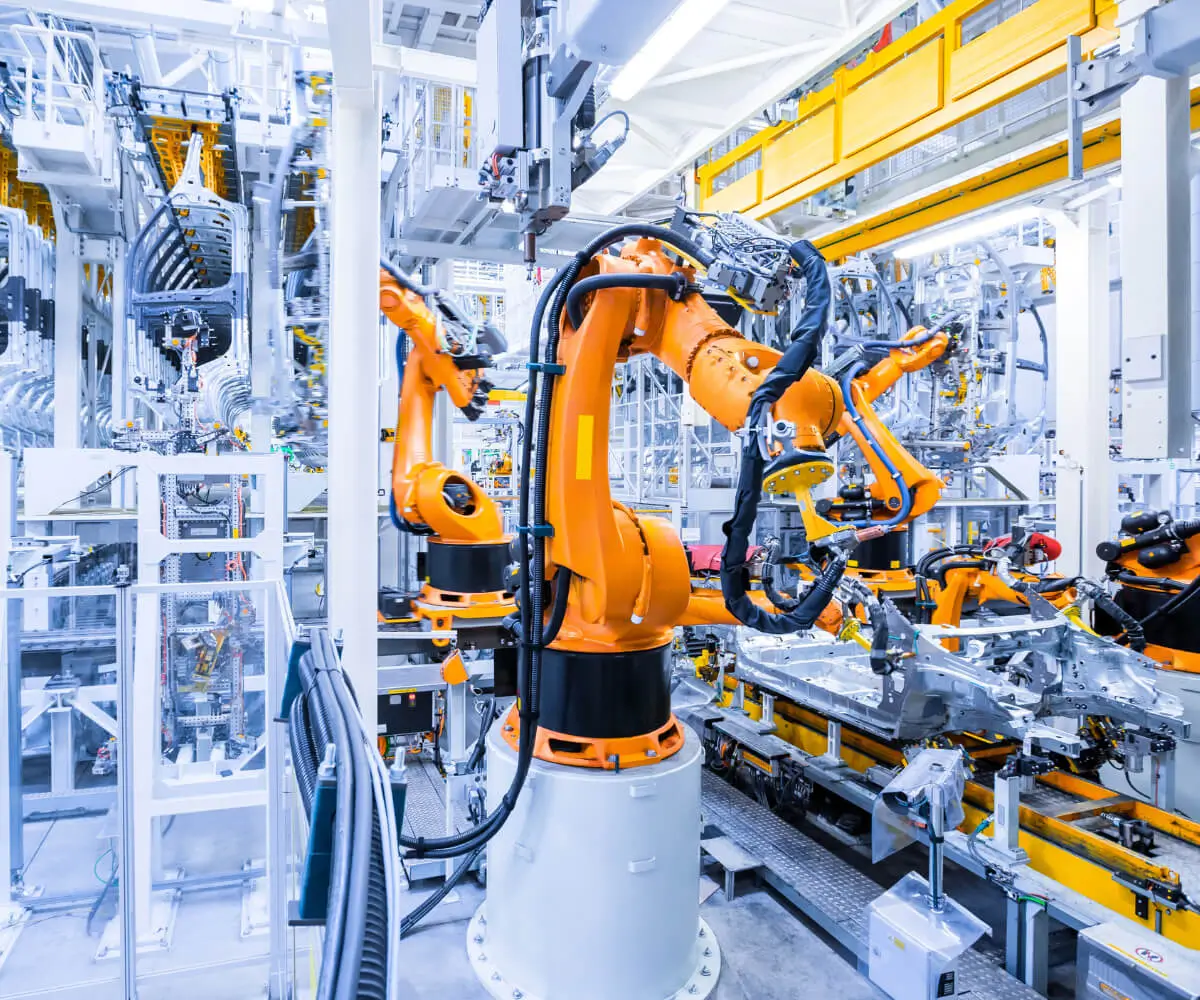Ever wondered how to make a robot really move the way you want? Dive into the world of servo motors paired with Arduino – it’s like giving your machine a nervous system. Think of servo motors as those little muscles that respond instantly. They’re precise, reliable, and perfect for control projects. Here’s the thing: combining a servo motor with Arduino isn’t just plugin-and-play; it’s about understanding the diagram that makes everything click.

Picture this: your Arduino board sits at the center, almost like the brain, sending signals down a wire to the servo motor. The diagram? It maps out every twist and turn. Power lines, ground connections, control pins—everything needs to be right. A common setup involves connecting the control pin of the servo to a PWM-capable pin of Arduino. That’s because servo motors respond to pulse width modulation signals. Think of that as a language they understand well.
And then there’s power. Some servos run off 5V, which matches perfectly with Arduino’s supply. Others might need a little more punch—say, 6V or even 7.4V if you’re thinking about making a little robotic arm with some extra strength. Just remember: the power source needs to be stable; sudden drops or surges could mess with your project. That's why understanding the diagram helps you prevent mishaps before they happen.
Now, a quick question: what’s the biggest challenge with connecting a servo motor? Honestly, it’s usually dealing with interference or power supply issues. A well-drawn diagram shows how to set up a common ground between Arduino and the power source, avoiding all those jittery movements. Jittering happens when your servo gets inconsistent signals or insufficient power—those are moments where a clear diagram can save the day.
Seeing a diagram isn’t just about connecting the dots; it’s about how intuitive it makes your work. Some diagrams even show how to add a capacitor to smooth out power supply fluctuations—sometimes just a small 100uF capacitor can make your servo behave smoothly, no more random twitching. It’s like giving your servo a calming lullaby.
What about programming? When you get your servo connected, writing code is the fun part—telling it how and when to turn. But knowing the wiring helps prevent hours of guesswork. For example, you can set up a simple sweep motion or control it with sensors. That’s the magic of understanding how this diagram functions behind the scenes.
In essence, whether you’re building a robot arm, a camera gimbal, or a quirky automation project, the diagram is your roadmap. Clear, accurate wiring ensures your project works smoothly from first power-up. Plus, a good diagram reduces frustration, speeds up troubleshooting, and makes upgrades a breeze.
If you’re serious about making your project stand out, getting familiar with the “servo motor Arduino diagram” is step one. It’s not just about wiring; it’s about understanding that every connection has a purpose. And that clarity opens up endless possibilities to bring your ideas to life.
Established in 2005, Kpower has been dedicated to a professional compact motion unit manufacturer, headquartered in Dongguan, Guangdong Province, China. Leveraging innovations in modular drive technology, Kpower integrates high-performance motors, precision reducers, and multi-protocol control systems to provide efficient and customized smart drive system solutions. Kpower has delivered professional drive system solutions to over 500 enterprise clients globally with products covering various fields such as Smart Home Systems, Automatic Electronics, Robotics, Precision Agriculture, Drones, and Industrial Automation.




































